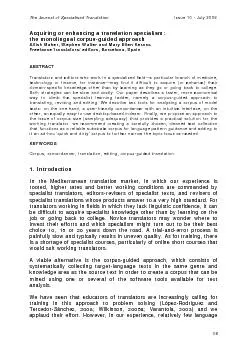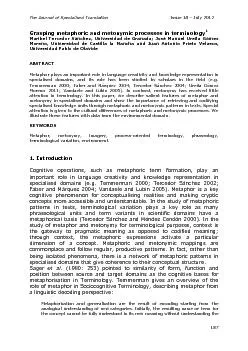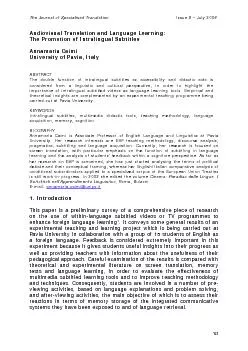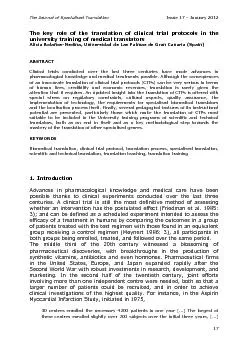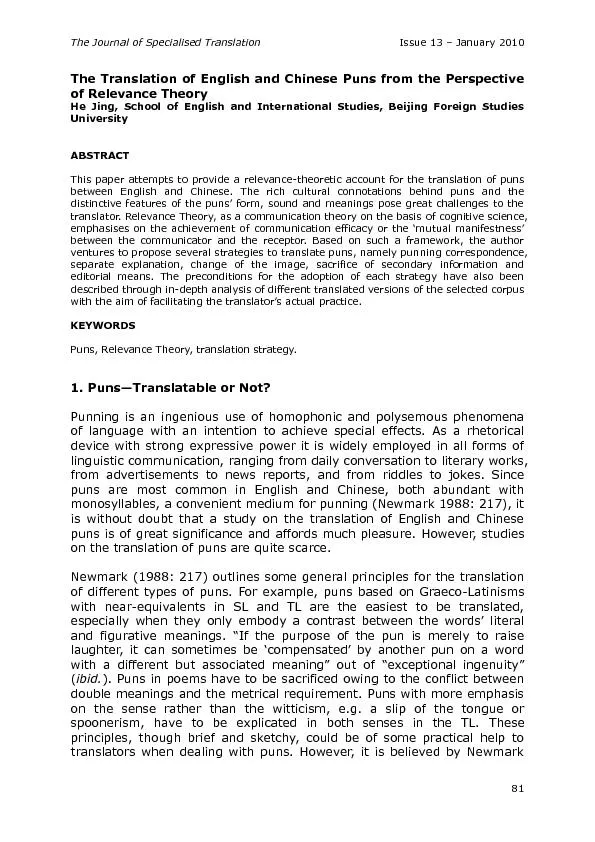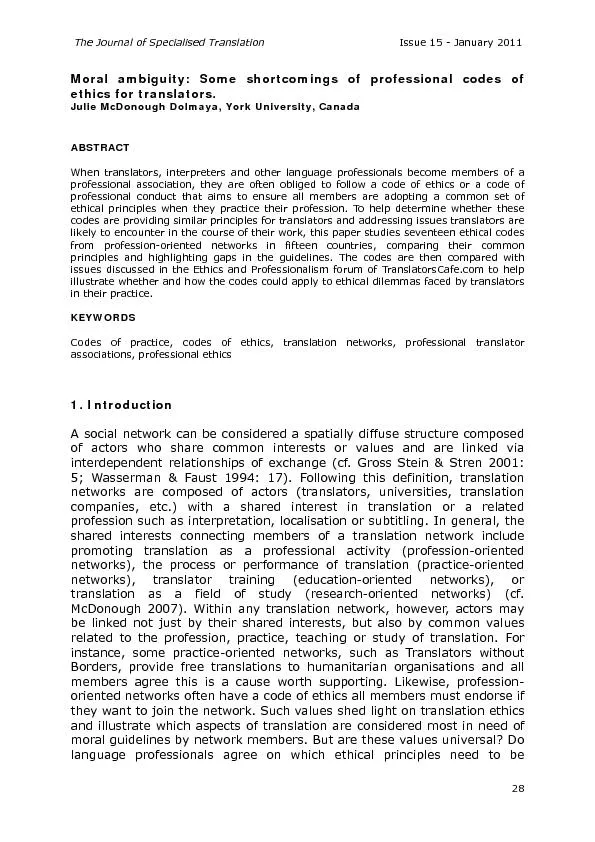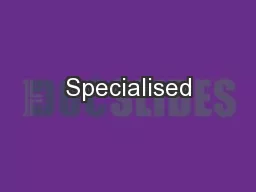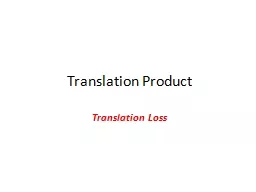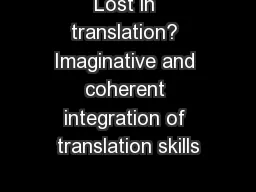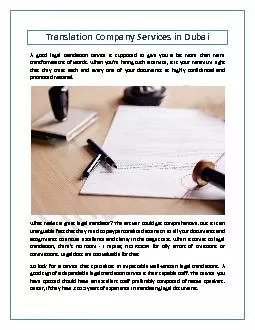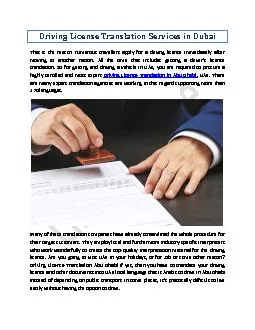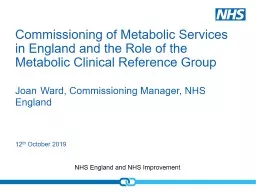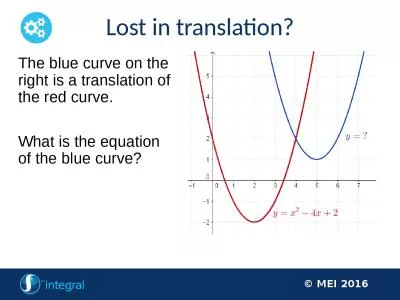PDF-The Journal of Specialised Translation Issue 10 - July
Author : ellena-manuel | Published Date : 2015-10-29
The Journal of Specialised Translation Issue 10 July 2008cell lung cancer or derivatives accounting in the context of financial With these givens we can confidently
Presentation Embed Code
Download Presentation
Download Presentation The PPT/PDF document "The Journal of Specialised Translation ..." is the property of its rightful owner. Permission is granted to download and print the materials on this website for personal, non-commercial use only, and to display it on your personal computer provided you do not modify the materials and that you retain all copyright notices contained in the materials. By downloading content from our website, you accept the terms of this agreement.
The Journal of Specialised Translation Issue 10 - July: Transcript
Download Rules Of Document
"The Journal of Specialised Translation Issue 10 - July"The content belongs to its owner. You may download and print it for personal use, without modification, and keep all copyright notices. By downloading, you agree to these terms.
Related Documents

